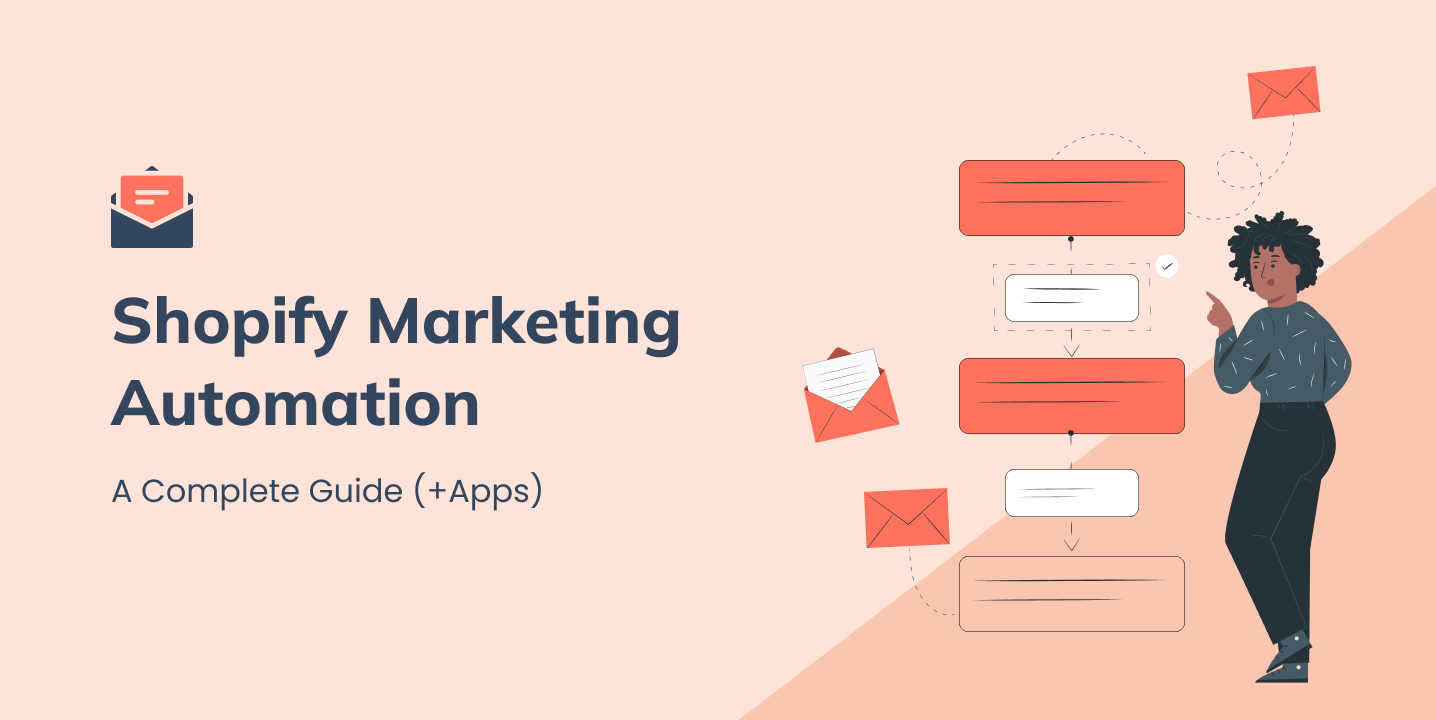In today’s quick-moving e-commerce world, time counts as a valuable asset. As someone who runs a Shopify store, you need to boost your marketing productivity and impact to keep up with rivals. Lucky for you, Shopify dropshipping automation tools can help streamline your marketing efforts giving you more time and resources to grow your business. Here’s how you can set up automatic processes for your Shopify marketing campaigns to get better outcomes with less work.
Getting to Know Shopify Marketing Automation
Shopify marketing automation means using software and tools to handle repetitive marketing jobs automatically. This can cover email marketing social media posts, ad campaigns, and other tasks. By setting up these processes to run on their own, you can make sure you’re talking to your customers and on time while cutting down on manual work.
Benefits of Automating Your Shopify Marketing Campaigns
- Time Savings: Automation tools take care of repetitive tasks giving you more time to plan strategies and do creative work.
- Consistency: Automated campaigns make sure your marketing messages go out on time and stay the same.
- Personalization: Smart automation tools can split your audience into groups and send them tailored content, which leads to better engagement and more sales.
- Scalability: When your business expands, automation helps you grow your marketing without having to do a lot more work.
- Data-Driven Insights: Automation tools give you useful numbers and information to help you make your campaigns work better.
Steps to Automate Your Shopify Marketing Campaigns
1. Pick the Best Automation Tools
Picking the right tools plays a key role in making your marketing automation work. Here are some popular tools to automate your Shopify store:
- Klaviyo: This tool works well with Shopify and offers top-notch email marketing automation features, like grouping customers and personalizing messages.
- Omnisend: Great for online shops, Omnisend gives you automation workflows for email, text messages, and push alerts.
- Hootsuite: A full-featured social media tool that lets you plan and automate posts on many platforms.
2. Get Your Email Marketing Automation Going
Email marketing continues to be one of the best ways to boost sales and keep customers interested. You can set up your email campaigns to run on their own with these methods:
- Welcome Series: Set up a string of welcome emails to send to new people who sign up showing them what your brand and products are all about.
- Abandoned Cart Emails: Send reminders to shoppers who’ve left stuff in their cart to finish buying, with messages just for them and some special deals.
- Post-Purchase Follow-Ups: After someone buys something, send them emails to ask for reviews and show them other things they might like.
3. Set Up Automatic Social Media Posts
You need to stay active on social media to keep talking with your audience. Set your social media posts to go out on their own to make sure you’re always sharing stuff:
- Content Calendar: Use tools like Hootsuite or Buffer to plan and schedule your posts ahead of time.
- Automated Responses: Handle common customer questions on social media platforms with chatbots or pre-set replies.
- Analytics: Use social media analytics to keep an eye on engagement and tweak your approach as needed.
4. Use Ad Campaign Automation
Automating your ad campaigns can help you make the most of your advertising budget and boost your return on investment:
- Google Ads Automation: Google’s Smart Campaigns help you to automate bidding, targeting, and ad placements.
- Facebook Ads Automation: Facebook Ads Manager allows you to set up automated rules to manage your campaigns based on how they perform.
- Dynamic Retargeting: Platforms like AdRoll show ads to customers who have visited your site but didn’t buy anything.
5. Use Customer Segmentation
Segmentation lets you deliver personalized content to different groups of customers. Automation tools help you to segment your audience based on how they behave, their demographics, and what they’ve bought before:
- Behavioral Triggers: Create automated triggers based on what customers do, like looking at certain products or spending a specific amount.
- Personalized Content: Send custom content and deals to different groups boosting engagement and sales.
Conclusion
Making your Shopify marketing campaigns automatic is a great way to boost productivity, keep things consistent, and get better outcomes. By picking the right automation tools setting up automatic email marketing and social media posts, using ad campaign automation, and splitting customers into groups, you can make your marketing simpler and put more energy into growing your business. Use Shopify store automation to keep up with competitors and achieve lasting success in the world of online selling.
